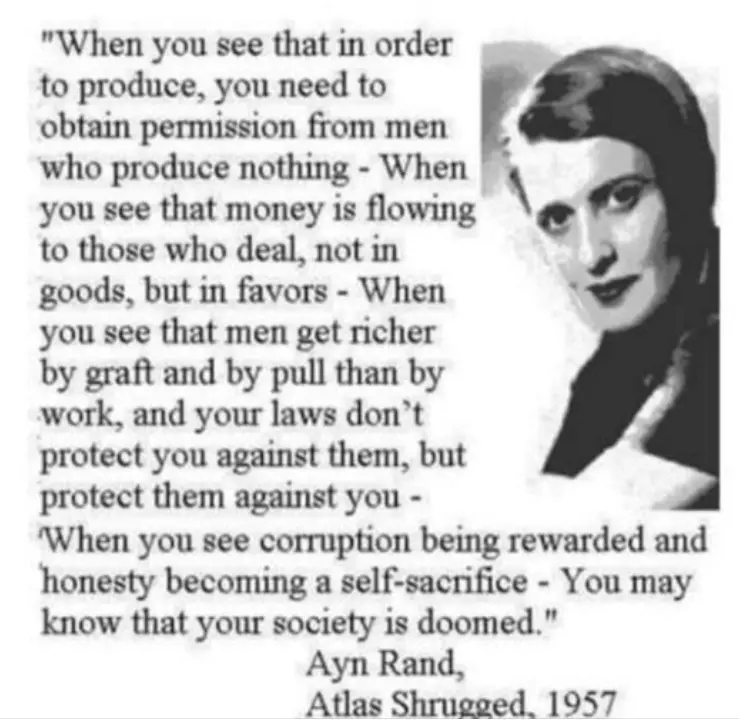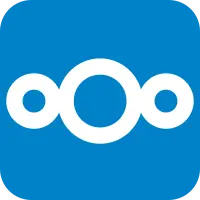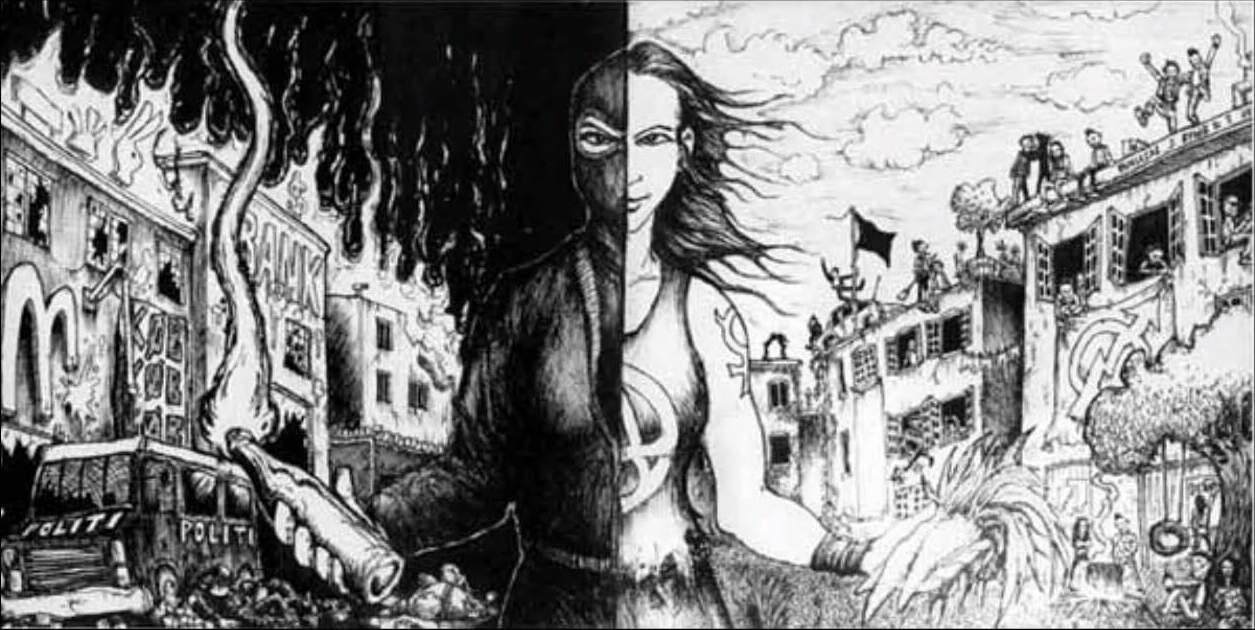
 8Petros (he/him) @lemmy.ml
8Petros (he/him) @lemmy.ml Postproletarian transanarchist kolapsnik.
- I am not here for validation. :-)
- My perspective is just a perspective – feel free to ignore it.
- I am nice because I chose so – not because I must.
- Civil conversation is fine. But it's your choice.
Yes. Many years ago, I had a hot summer affair with Ayn Rand. Moaning with pleasure, I read "Atlas Shrugged" through (including 181-pages long programmatic monologue of John Galt). When I finished reading, I looked around, and said to myself, "No f... way!"
Historically, that was my turning point towards anarchism.
Open hardware sensors for water quality monitoring?

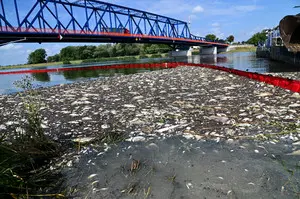
cross-posted from: https://lemmy.ml/post/432966
> I am doing "prior art" research to find out what are reliable and open constructions of sensors (and controlling/recording) platforms used in citizen monitoring of environment. > > Due to recent events in Poland, priority topic is river monitoring: > - water temperature, > - pH, > - conductivity, > - dissolved oxygen, > - turbidity, > - ORP (oxidation reduction potential), > - water level (sonar?). > > Also, typical weather station sensors recommendations will be appreciated. > > If you know about an active group dealing with river environment monitoring, please drop a link here – I will be happy to learn from them. > > At this stage, I do not intend to start any deep R&D. I need to learn about good (best!) practices and appropriate hardware, so we can deploy a network of early warning checkpoints as soon and as cheaply as possible.
Open hardware sensors for water quality monitoring?


I am doing "prior art" research to find out what are reliable and open constructions of sensors (and controlling/recording) platforms used in citizen monitoring of environment.
Due to recent events in Poland, priority topic is river monitoring:
- water temperature,
- pH,
- conductivity,
- dissolved oxygen,
- turbidity,
- ORP (oxidation reduction potential),
- water level (sonar?).
Also, typical weather station sensors recommendations will be appreciated.
If you know about an active group dealing with river environment monitoring, please drop a link here – I will be happy to learn from them.
At this stage, I do not intend to start any deep R&D. I need to learn about good (best!) practices and appropriate hardware, so we can deploy a network of early warning checkpoints as soon and as cheaply as possible.
daredevil-tails-hack-0-5.zip -- Flatpak & Signal
This is my first try to add some spirit of adventure to boring TAILS reality. My thanks to all people – known and unknown to me – who provided parts and variants of this solution, guidance, and encouragement. No work is done alone. Attached please find a pack of simple scripts and guidelines how to install #Flatpak and #Signal under Tails. Solution is crude-ish, no integration with Gnome and scripts are spewing some warnings.
So consider it experimental and for fun only!
I plan to add some more apps (Delta Chat and Briar for starters) and also, thanks to your generous feedback, ;-) to improve quality from "daredevil" through "intrepid" and eventually to "boringly routine".
I hope you'll like it.
Is Sir Pterry contemporary Shakespeare?


I had a brief encounter regarding geopolitics, which reminded me "Lords and Ladies" and then, through The Scottish Play it brought me to such thought.
What do you think?
How to hack the trolley problem

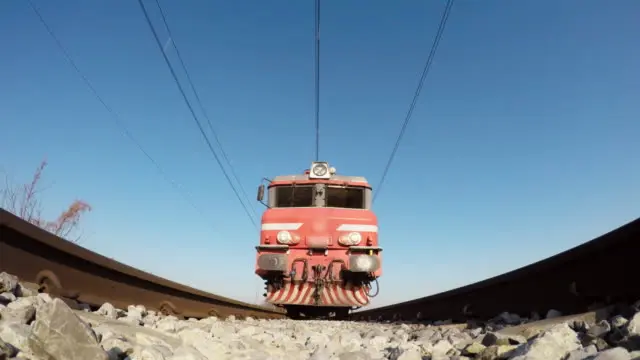
The Trolley Problem is a cyclical (iterative) experiment, showing how a change in the available information can affect the choices made.
To increase the emotional factor in the decision-making process, it is dramatized as a scene where a speeding car runs along a track, and the subject of the experiment (the "player") has to decide whether to divert it to one track or the other.
One of the options is technically easier because it only requires doing nothing. Without player interference, things will (khem, khem) take their course anyway.
The Trolley Problem trap is built of three parts:
-
The experiment has an arbitrary number of cycles. In each consecutive cycle, the experimenter (equivalent to the game master "GM" / director) changes the scope and content of the information available to the player, trying to lead them from a situation of simple and obvious choice to a situation in which the choice becomes less and less obvious.
-
The player is also under increasing tension between the emotional aspect (Track A: the last panda on the planet; Track B: a psychopathic rapist, the future father of the first feminist president of the Earth Nations Federation) and the implicit expectation that they will solve the dilemma using rational thinking only. In reality, the only goal of the MG is to drive the player to a nervous breakdown due to an unbearable cognitive dilemma.
-
A subtle element of the trap is the time travel aspect. Each cycle (iteration) begins (in the story world – "in-game") at the same point – after a full reset. However, "out-game" the player is aware of previous cycles and the choices made in them. The human mind tends to become attached to its own decisions. The MG tries to push the player to change his or her decisions for less and less obvious reasons, which adds to the discomfort, as the mind wants to see itself as an "integrated" being, not an unstable one.
How to get out of the trap (and use the experience to strengthen self-determination)?
This requires developing several important elements of awareness, which boil down to a readiness to make (and fix) mistakes.
1. Acknowledging the information reset.
When I receive new significant information regarding a previously made decision, it is as appropriate as possible to review that decision and possibly change it. I don't get attached to my previous choices, and it doesn't offend me if I back out of them.
2. Accepting the limitations of rational thinking.
Regardless of the completeness of the decision information, I am always ready for the fact that some things cannot be (especially under time pressure) compared rationally. I am ready to make some decisions (after exhausting other sensible ways) randomly or intuitively, and accept the consequences.
3. Accepting that my knowledge and agency are incomplete – always and everywhere.
I will never have full knowledge of the circumstances of my choices. I will never be fully capable – physically, mentally or emotionally – of making and executing every decision imaginable.
------------------------ To sum up, the trap of the trolley dilemma is to impose unrealistic and contradictory expectations on the player. And getting out of it requires acknowledging one's own limitations and making more direct contact with reality (bypassing even the most magnificent intermediaries). The plus side is that it doesn't require rearranging a vase full of glowing coals with your bare hands....
CM4 camera/display -- direct connection

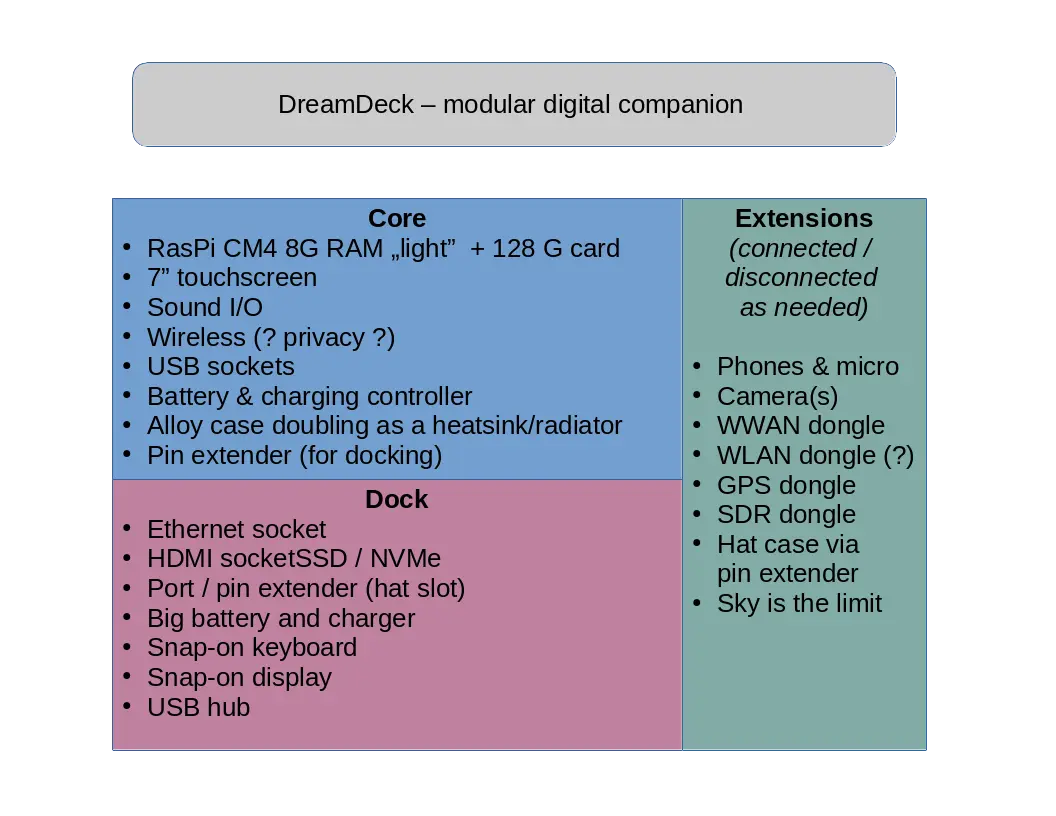
I am about to start putting together the DreamDeck -- modular deck, which core module will be built around Raspi CM4. Thus, I am looking for a way to connect essential peripherals (a touchscreen and a camera) directly to CM4, not through I/O board.
So far, I only found products that use I/O board as an intermediary. Perhaps someone can point me towards a solution?
Turtles all the way down. Decentralized networks for decentralized society.

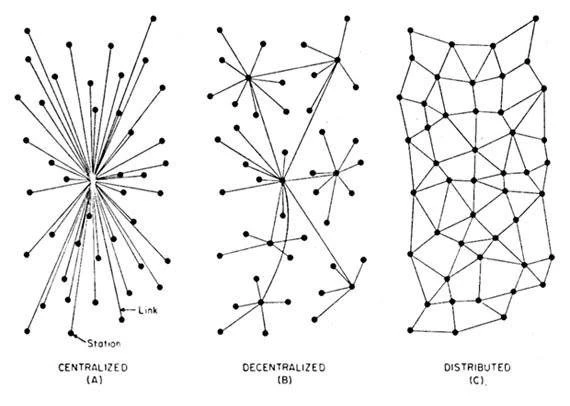
We are all in love with decentralized social topology, aren't we. But to make society reasonably decentralized, we need to remodel more than one level of it. I would like to bounce around some thoughts that may help establish a multilayer model of decentralized society.
::: Longwinded
- Assumptions.
1.1. I use communications as an example of social activity that is a key to all other processes.
1.2. I assume that a decentralized network of heterogeneous communities is a good model for human society that we need now, as the all-crisis unfolds and neither democracy nor (even less) capitalism can offer any constructive approach.
1.3. I assume that the minimal provisions for an individual must include the right to participate in more than one community at the same time, the right to opt-out peacefully at any moment and the right to form a community (and participate in the network) on an equal basis.
- Layers
2.1. "Fediverse". What we now see as fediverse is an implementation of communications pattern, where instances of various services can be associated with specific communities and their local users considered community members. Federation protocol provides a routine way to regulate interactions with other communities.
2.2. "Community Intranet". To control their collective memory, their policies/rituals and their boundaries, communities need to have control over the physical infrastructure of their "village intranet". It applies mostly to "natural" (local) communities, while "virtual" ones may need a trusted and neutral virtual hosting environment. The control should not, however, influence individual participation in remote communities.
2.3. "NetCommons". To keep the information flowing, society needs a non-owned, collectively managed transmission backbone. We can draw analogies with watershed management that is a known example of advantages and shortages of the commons approach.
2.4. "Platform Cooperatives". Economic (and, effectively, political) control of the means of production is a key to stability of the ecosystem. Thus, decentralized ecosystem of user cooperatives provides cohesion to the whole multilayered model. Every user becomes a member of the co-op(s) operating their community(ies) infrastructure. Community co-ops then form the "NetCoooperative", managing and maintaining the backbone systems and providing support, R&D and exception handling to communities in need.
- Essential question is, whether such a model is comprehensive and complete enough to provide scaffolding for an attempt to implement proof-of-concept project.
Questions and comments welcome.
:::

